Clematis hexapetala
Clematis hexapetala
1. The products in our compound library are selected from thousands of unique natural products; 2. It has the characteristics of diverse structure, diverse sources and wide coverage of activities; 3. Provide information on the activity of products from major journals, patents and research reports around the world, providing theoretical direction and research basis for further research and screening; 4. Free combination according to the type, source, target and disease of natural product; 5. The compound powder is placed in a covered tube and then discharged into a 10 x 10 cryostat; 6. Transport in ice pack or dry ice pack. Please store it at -20 °C as soon as possible after receiving the product, and use it as soon as possible after opening.
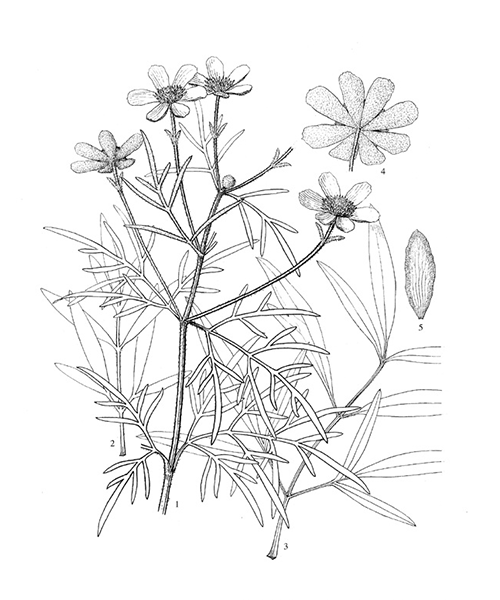
Natural products/compounds from Clematis hexapetala
- Cat.No. Product Name CAS Number COA
-
BCN6059
Syringin118-34-3
Instructions

-
BCN5958
Puerarin3681-99-0
Instructions

-
BCN2386
Tangeretin481-53-8
Instructions
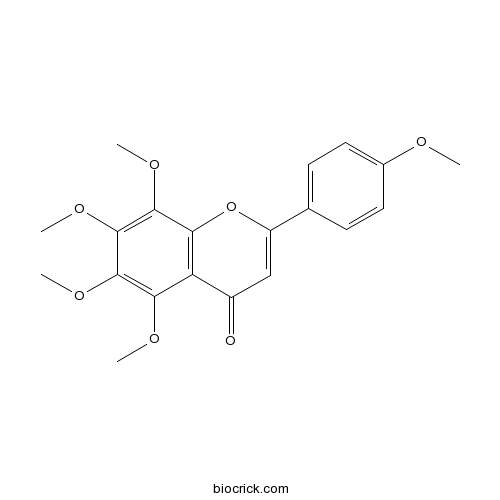
-
BCN5600
Luteolin491-70-3
Instructions
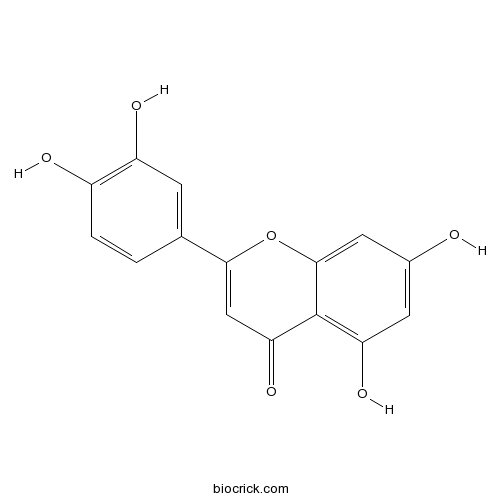
-
BCN5946
Liquiritigenin578-86-9
Instructions

-
BCN2405
Magnoflorine chloride6681-18-1
Instructions
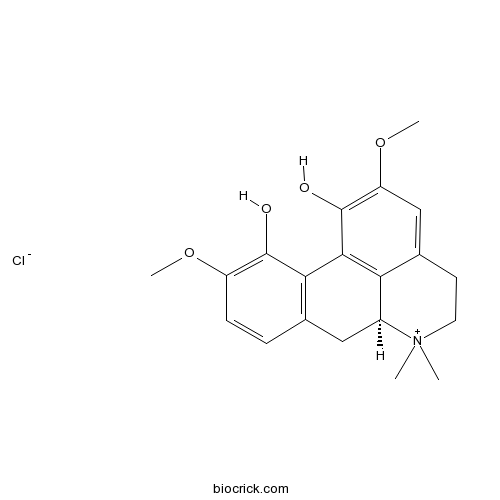
-
BCN4512
Isoliquiritigenin961-29-5
Instructions
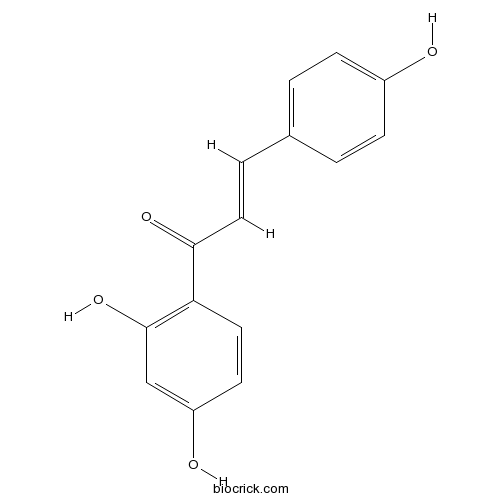
[Flower species identification and coverage estimation based on hyperspectral remote sensing data in Hulunbeier grassland].[Pubmed: 22250555]
Monitoring grassland species and area real-timely and accurately is of great significance in species diversity research, as well as in sustainable development of ecosystem. Flowers have their own unique spectral characteristics. Compared with the nutrient stage, species are more easily identified by florescence. So, florescence is a critical period for identification. In the present paper, spectral differences among such flowers as Galium verum Linn., Hemerocallis citrina Baroni, Serratula centauroides Linn., Clematis hexapetala Pall., Lilium concolor var. pulchellum, Lilium pumilum and Artemisia frigida Willd. Sp. Pl. were found, along with identification methods, by analyzing canopies spectra and parametrizing characteristics. Verification results showed that when the coverage of flowers was greater than 10%, the accuracy of identification methods would be higher than 90%. On this basis, linear unmixing model was adopted to calculate the area of flowers in quadrates. Results showed that linear unmixing model was an effective method for estimating the coverage of flowers in grassland because the accuracy was about 4%.
Analysis of flavonoids by capillary zone electrophoresis with electrokinetic supercharging.[Pubmed: 21949941]
On-line concentration via Electrokinetic Supercharging (EKS) was used to enhance the sensitivity of the capillary electrophoretic separation of the four flavonoids naringenin, hesperetin, naringin and hesperidin. Separation conditions, including the background electrolyte pH and concentration, the length and choice of terminator and the electrokinetic injection time were optimized. The optimum conditions were: a background electrolyte of 30 mM sodium tetraborate (pH 9.5) containing 5% (v/v) of methanol, electrokinetic injection of the sample (130 s, -10 kV) followed by hydrodynamic injecting of 100 mM 2-(cyclohexylamino)ethanesulfonic acid (CHES) (17 s, 0.5 psi) as terminator, and separation with -20 kV. Under these conditions the four flavonoids could be separated with a sample-to-sample time of 15 min and detection limits from 2.0 to 6.8 ng mL(-1). When compared to a conventional hydrodynamic injection the sensitivity was enhanced between 824 and 1515 times which is 7.6-16 times higher than other CE methods for the on-line concentration of flavonoids. The applicability of the developed method was demonstrated by the detection of the four flavonoids in an aqueous extract of Clematis hexapetala pall.
[Studies on chemical constituents from root of Clematis hexapetala].[Pubmed: 17225539]
To study the chemical constituents from the roots and rhizomes of Clematis hexapetala.
[Studies and comparisons on chemical components of essential oils from Clematis hexapetala Pall. and Inula nervosa Wall].[Pubmed: 2093324]
Chemical components of the essential oils from clematis hexapetala and Inula nervosa were analyzed by using GC-MS-DS. The result shows that the major components of the essential oil from Inula nervosa are thymol and thymol isobutyrate, while the major components of the essential oil from Clematis hexapetala are palmitic acid and 3-hydroxy-4-methoxyl benzaldehyde.


